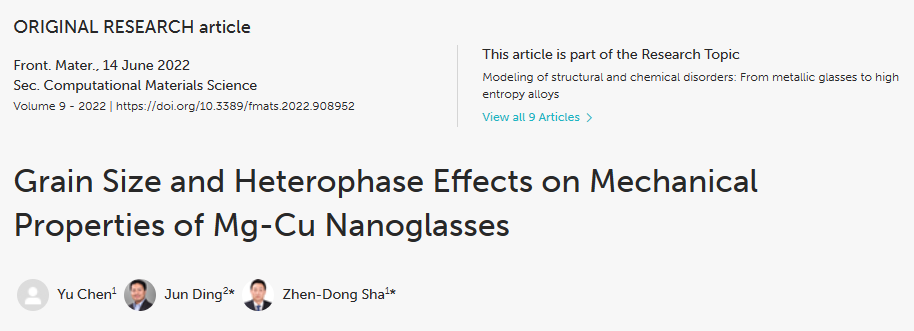
Tailoring heterogeneities in amorphous alloys is a promising strategy for promoting the strength-ductility synergy. Here, molecular dynamics simulations are performed to investigate the effects of grains size and heterogeneous chemical composition on the mechanical properties of Mg-Cu nanoglasses (NGs). The reduced grain size in single-phase NGs improves the plasticity but at the expense of strength. In addition, the mechanical properties of dual-phase NGs composed of two chemical compositions depend critically upon the fraction of softer phase. In particular, the plasticity is improved for the low fraction of the softer phase, but is deteriorated for the high fraction of the softer phase, which is in striking contrast to the observations of the plasticity improvement reported in the traditional nanostructured metals/alloys. This is because that heterogeneities at the glass-glass interfaces intentionally introduce more stress concentration sites which are easier to accelerate the shear band formation. For an appropriate fraction of heterogeneous composition, a balance among strength and plasticity can be realized, which is useful for the design of novel NGs with high strength and superior ductility.
Link:https://www.frontiersin.org/articles/10.3389/fmats.2022.908952